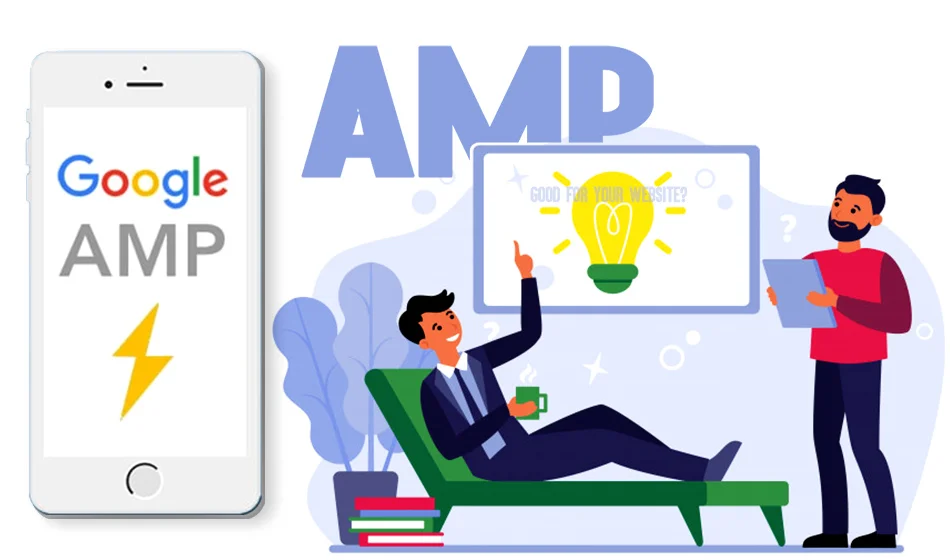1. What is Responsive Design?
Responsive design is an approach to web development that ensures websites render well on a variety of devices and window or screen sizes. It focuses on providing an optimal user experience by adapting the layout to the viewing environment, regardless of whether the user is on a desktop, tablet, or mobile device.
2. The Importance of Responsive Design
Responsive design is crucial for several reasons:
- User Experience: Ensuring that a website looks and functions well on all devices improves user satisfaction and engagement.
- SEO Benefits: Search engines, particularly Google, prioritize mobile-friendly websites in search results, enhancing visibility and traffic.
- Cost-Efficiency: Developing a single responsive website is more cost-effective than creating and maintaining separate versions for different devices.
- Future-Proofing: Responsive design helps accommodate future devices and screen sizes, ensuring the website remains relevant as technology evolves.
Key Principles of Responsive Design
1. Fluid Grids
A fluid grid system uses relative units like percentages rather than fixed units like pixels to define the width of elements. This allows the layout to adapt dynamically to different screen sizes. The grid adjusts the size of the columns and other elements based on the screen’s dimensions, ensuring that the content scales appropriately.
2. Flexible Images
Flexible images are designed to resize within their containing elements while maintaining their aspect ratio. This prevents images from overflowing or appearing too small on various devices. Techniques like using CSS properties, such as max-width: 100%;, help achieve this flexibility.
3. Mobile-First Approach
The mobile-first approach prioritizes the design and development of the mobile version of a website before scaling up to larger screens. This ensures that the core functionality and content are accessible on smaller devices. It also encourages simplicity and performance, as designing for mobile first often leads to cleaner, more efficient code.
4. Responsive Typography
Responsive typography ensures that text is legible and aesthetically pleasing on all devices. Techniques like using relative units (e.g., em, rem) for font sizes, line heights, and spacing allow text to scale appropriately. Additionally, CSS properties like viewport width (vw) and viewport height (vh) can adjust font sizes based on the dimensions of the viewport.
Techniques and Tools for Responsive Design
1. CSS Frameworks
CSS frameworks like Bootstrap, Foundation, and Bulma provide pre-built responsive components and grid systems. These frameworks simplify the implementation of responsive design by offering reusable code and consistent styling across different devices.
- Bootstrap: One of the most popular frameworks, Bootstrap includes a responsive grid system, pre-designed components, and utility classes that make it easy to create responsive layouts.
- Foundation: Known for its flexibility and advanced features, Foundation offers a responsive grid system and a range of components for building responsive websites.
- Bulma: A modern CSS framework based on Flexbox, Bulma provides a simple and responsive grid system, along with various components for creating responsive designs.
2. Flexbox and CSS Grid
Flexbox and CSS Grid are powerful layout modules in CSS that enable responsive design without the need for complex calculations or additional frameworks.
- Flexbox: The Flexbox layout model allows developers to create flexible and responsive layouts by distributing space within a container. It simplifies the alignment and distribution of elements, making it ideal for creating responsive navigation bars, grids, and other layouts.
- CSS Grid: The CSS Grid layout system provides a two-dimensional grid-based layout, allowing for the creation of complex and responsive designs. It offers more control over the placement and alignment of elements compared to Flexbox, making it suitable for designing entire page layouts.
3. Viewport Meta Tag
The viewport meta tag is essential for controlling the layout on mobile browsers. It instructs the browser on how to adjust the dimensions and scaling of the page to fit the device’s screen.
4. Responsive Images
Responsive images adapt to different screen sizes and resolutions, ensuring optimal loading times and visual quality. Techniques for implementing responsive images include:
srcsetAttribute: Thesrcsetattribute in the<img>tag allows developers to specify multiple image sources for different screen sizes and resolutions.- Picture Element: The
<picture>element provides more control over responsive and images by allowing developers to define different image sources for various conditions using media queries.
5. Responsive Frameworks and Libraries
Several responsive frameworks and libraries can assist in creating responsive designs efficiently.
- Tailwind CSS: A utility-first CSS framework that allows developers to build responsive designs using utility classes. Tailwind’s responsive design utilities make it easy to create breakpoints and responsive layouts.
- Materialize: A responsive front-end framework based on Google’s Material Design principles. It includes a responsive grid system, components, and utilities for creating modern and responsive web designs.
- Semantic UI: A framework that offers a responsive grid system and a variety of components for building responsive websites. Semantic UI’s class-based syntax makes it easy to implement responsive design.
Challenges in Responsive Design
1. Performance Optimization
Ensuring optimal performance across all devices is a significant challenge in responsive design. High-resolution images, large CSS and JavaScript files, and excessive HTTP requests can slow down a website’s loading time, particularly on mobile devices. Strategies for performance optimization include:
- Image Optimization: Compressing images, using appropriate formats, and implementing responsive images techniques can reduce loading times.
- Minification and Compression: Minifying CSS and JavaScript files and enabling compression (e.g., Gzip) can decrease file sizes and improve loading times.
- Lazy Loading: Implementing lazy loading for images and other resources ensures that they are loaded only when they enter the viewport, reducing initial load times.
2. Cross-Browser Compatibility
Ensuring that a responsive website functions correctly across different browsers and devices can be challenging due to variations in rendering engines and support for CSS features. Testing and debugging across multiple browsers and devices is essential to ensure consistent behavior.
3. Content Prioritization
Prioritizing content for smaller screens is crucial in responsive design. Not all content from the desktop version of a website may be necessary or practical for mobile devices. Designers must carefully consider which content is essential and how to present it effectively on smaller screens.
4. Navigation
Designing intuitive and accessible navigation for different screen sizes is a key challenge. Traditional navigation menus may not work well on smaller screens, requiring alternative solutions like hamburger menus, collapsible menus, or sticky navigation bars.
Best Practices for Responsive Design
1. Start with a Mobile-First Approach
Adopting a mobile-first approach ensures that the core content and functionality are accessible on smaller devices. Begin designing for the smallest screen size and gradually enhance the layout for larger screens. This approach promotes simplicity and efficiency.
2. Use Fluid Layouts
Fluid layouts use relative units like percentages to define the width of elements, allowing them to adapt to different screen sizes. Avoid fixed-width layouts, as they do not scale well across devices.
3. Implement Media Queries
Use media queries to apply different styles based on the device’s characteristics. Define breakpoints that match common screen sizes, but also consider designing for fluid breakpoints that adapt to a wide range of devices.
4. Optimize Images
Use responsive images techniques, such as the srcset attribute and <picture> element, to ensure images load quickly and display correctly on all devices. Compress images and use appropriate formats to reduce file sizes.
5. Test Across Devices
Regularly test your website on various devices and browsers to ensure consistent behavior and appearance. Use emulators and physical devices to identify and address any issues.
6. Focus on Performance
Optimize your website for performance by minimizing file sizes, reducing HTTP requests, and implementing lazy loading. Use performance monitoring tools to identify and address performance bottlenecks.
7. Prioritize Content
Carefully consider the content hierarchy and prioritize essential information for smaller screens. Use techniques like content toggles, accordions, and progressive disclosure to present content effectively on different devices.
8. Maintain Accessibility
Ensure that your responsive design is accessible to all users, including those with disabilities. Use semantic HTML, provide alternative text for images, and ensure that interactive elements are keyboard accessible.
9. Use Responsive Frameworks
Leverage responsive frameworks and libraries to streamline the development process. Frameworks like Bootstrap, Foundation, and Tailwind CSS provide pre-built components and utilities for creating responsive designs.
10. Continuously Update and Improve
Responsive design is an ongoing process. Continuously monitor user feedback, analytics, and performance metrics to identify areas for improvement. Stay informed about the latest trends and best practices in responsive design to keep your website up to date.




